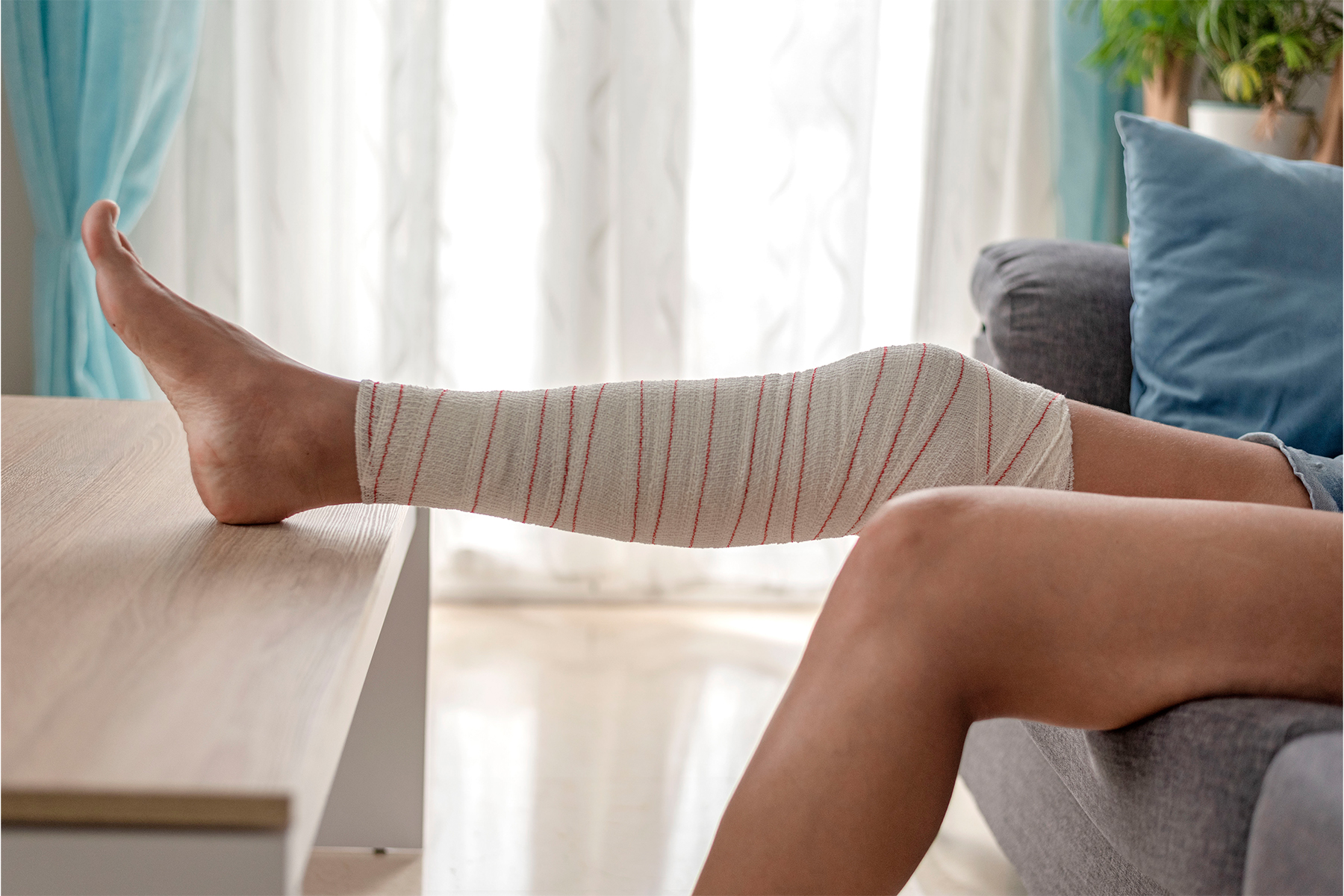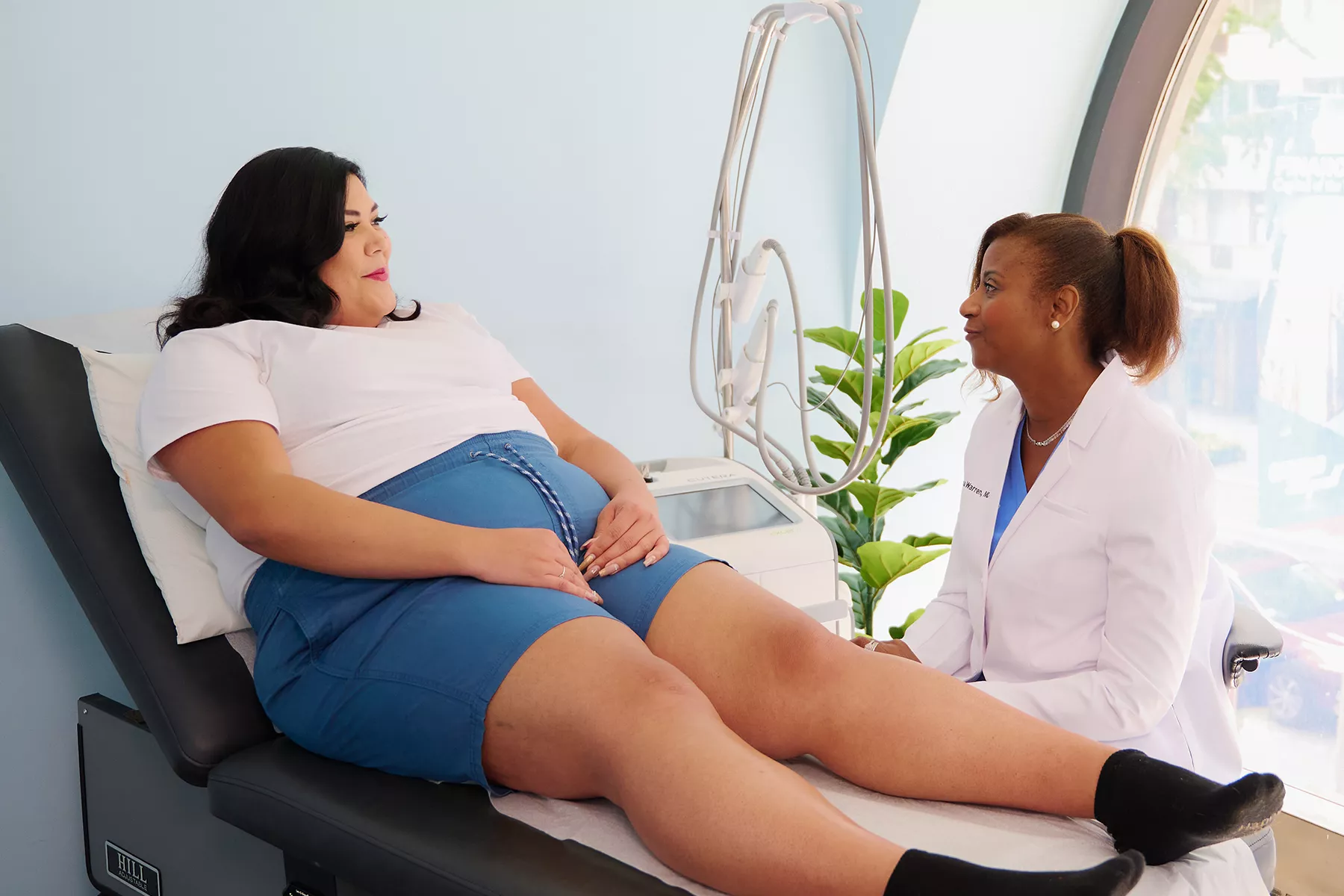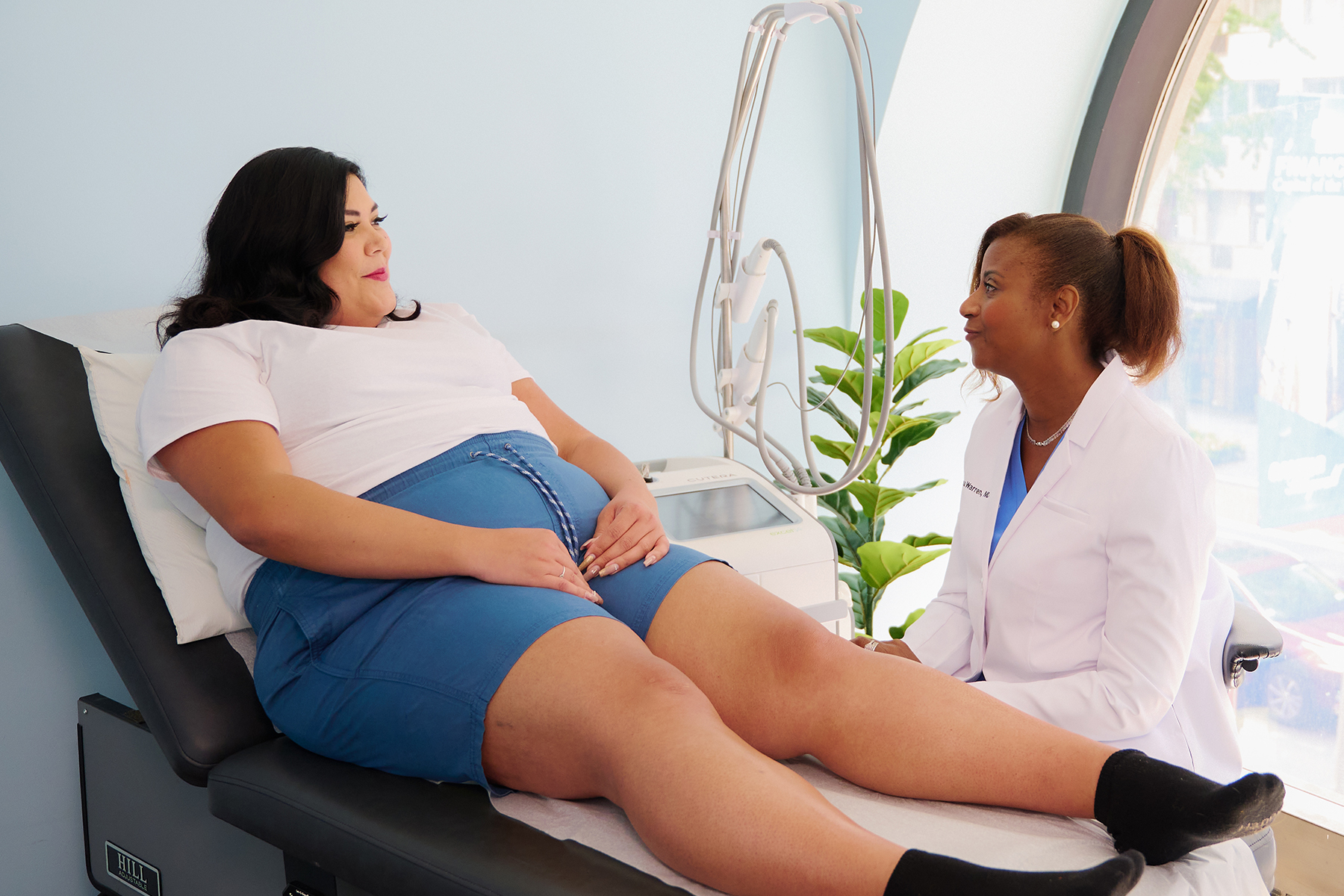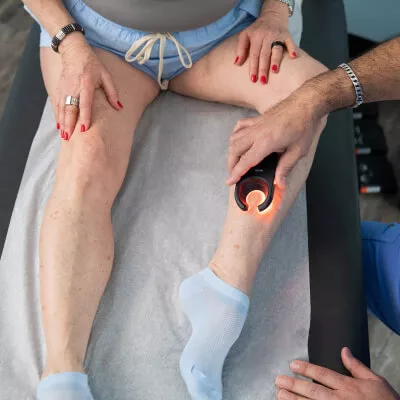Leg ulcers are slow-healing sores that result from poor vascular leg health. Some emerge and heal without treatment, and others require medical intervention. They can be painful and cause difficulty walking, sitting, or standing. For some people, these conditions can cause anxiety and depression.
In this comprehensive guide, we'll explore the different types of leg ulcers, their causes, symptoms, and effective treatment options - from traditional therapies like compression and wound care to advanced procedures like vein surgery and skin grafting. Additionally, we'll discuss prevention strategies and holistic management tips to reduce recurrence and improve quality of life.
Types of Leg Ulcers
Leg ulcers can occur on any part of the foot or leg. There are different types of leg ulcers, each with its own causes and complications. While they may appear similar initially, their underlying causes and complications differ.
The four most common leg ulcers include:
- Venous ulcers: The most frequently diagnosed ulcer related to poor venous blood flow.
- Arterial ulcers: The second most common leg ulcer is related to poor arterial blood flow in the leg.
- Diabetic ulcers: In individuals with diabetes, these ulcers are usually found on the foot but may also occur on the leg.
- Mixed aetiology ulcers: This is a rare leg ulcer caused by poor arterial blood flow and venous blood flow.
Causes and Risk Factors
Venous leg ulcers result from necrosis, the process of tissue death. They usually happen when a leg vein is so damaged that it opens, allowing blood and fluid to seep into surrounding tissues. This causes the tissue to break down, leading to a sore.
This process can occur as a result of:
- Poor venous circulation
- Venous insufficiency
Factors such as smoking and a sedentary lifestyle may also contribute to the development of venous ulcers.
Symptoms and Diagnosis
Common signs and symptoms of leg ulcers include:
- An open sore that doesn't heal within two weeks
- Pain or swelling anywhere in the affected leg or foot
- Skin changes near the ulcer, including hardening, darkening, or itching
- A sore that leaks clear or colored discharge
- An achy, heavy, or itchy leg
People with leg vein ulcers may not notice them right away. Symptoms may begin mild and gradually worsen as the ulcer becomes more pronounced. Others have painless ulcers that heal and reappear later with noticeable symptoms.
Many vein ulcers can be identified through visual examination, but a vein specialist may use additional techniques to diagnose them.
These techniques include:
- Ankle-brachial index test
- Doppler ultrasound
- Biopsy
These tests, along with your medical history, can help identify the cause of your leg ulcer and the most effective treatment options. Vein disease is a progressive disease, and If left untreated, it can develop more serious issues down the road, like ulcers.
Traditional Treatment Approaches
Common leg ulcers can take a while to heal but are treatable. Advanced ulcers can take several months or even longer to treat.
Treatment options include:
- Compression therapy
- Wound care and dressings
- Pain management
- Antibiotics for infections
Advanced Treatment Options
Advanced ulcers may not respond to the above-listed treatment options. In this case, your vein specialist may suggest one of the following treatments:
- Endovenous ablation
- Sclerotherapy
- Skin grafting
- Hyperbaric oxygen therapy
- Shave therapy and debridement
Emerging Therapies
Research into leg ulcers is ongoing, and new treatments are being explored. Many vein specialists are adopting innovative therapies to help patients recover from advanced leg ulcers.
Among the most promising treatments are stem cell therapies, bioengineered skin grafts, and gene therapy. These emerging therapies aim to improve healing and enhance patient outcomes.

Surgical Interventions
Surgical interventions are not always necessary, but some individuals with chronic wounds require them. Surgery can address the underlying causes of leg ulcers, such as venous insufficiency and blocked arteries. It can also treat complications arising from slow-healing leg ulcers.
Common surgical interventions include vein surgery for venous insufficiency and angioplasty or bypass surgeries for arterial ulcers.
Comprehensive Management Plan
You will be instructed to follow a comprehensive management plan to ensure your leg ulcer heals properly.
This plan includes:
- Nutritional support for vein health to stave off inflammation
- Exercise and physical therapy to improve blood circulation and leg vein health
- Psychological support to overcome the stresses of limited mobility and unexpected physical changes
Prevention Strategies
By implementing these prevention strategies, you can reduce your risk of developing leg ulcers:
- Avoid smoking to reduce vascular damage.
- Take part in an exercise routine daily to boost circulation.
- Follow a healthy diet to maintain a healthy weight and reduce pressure on the leg veins.
- Follow proper foot care if you have diabetes.
- Get regular vascular check-ups.
- Wear compression stockings to improve circulation and reduce swelling

Living with Leg Ulcers
Living with leg ulcers can be challenging, especially if they limit your mobility or change your appearance. Coping strategies can help you manage these challenges while undergoing treatment.
Here are a few you can try today:
- Leg Club Movement: Join a support group for people with chronic leg issues.
- Find Help: Locate chronic pain and chronic illness support groups in your area.
- Stress-Relieving Techniques: Reduce your blood pressure and boost your overall well-being by following these six techniques.
- Walking Clubs: Join a walking group in your neighborhood.
While many leg ulcers can be treated, some may recur. To reduce the risk of recurrence, follow up with a vein specialist during the healing process.
When to Consult a Specialist
Consult a vein specialist when you notice any of the following warning signs. These indicate an infection is present and requires early intervention to avoid complications:
- Fever
- Chills
- Skin that feels warm to the touch
- Ulcer emitting a foul odor
- Dark yellow or green discharge
- Extreme pain
- Numbness or tingling
Embracing a Holistic Approach to Leg Ulcer Management
Leg ulcers can be disfiguring and often lead to emotional distress. It is essential to take a holistic approach to manage these complications effectively. By integrating leg vein treatments, therapeutic techniques, and group support into your life, you can more easily manage your leg ulcer and the complications that arise!
Are you concerned about leg ulcers? Schedule a free evaluation with our vein specialists to explore personalized treatment options.

Dr. Philip LoPresti
Meet Dr. Philip LoPresti DO, DABVLM, FACS, a board-certified vein specialist and surgeon with over 20 years of experience. Schedule an appointment with him in Queens, NY today.
Meet Dr. Philip LoPresti
Trusted insight from the nationally accredited, board-certified vein doctors at Metro Vein Centers.







